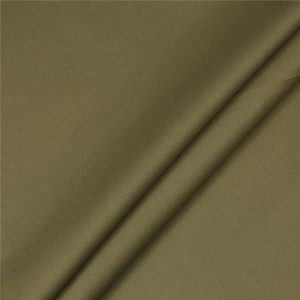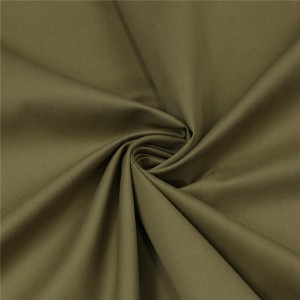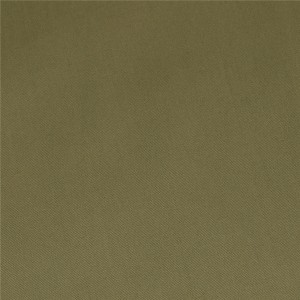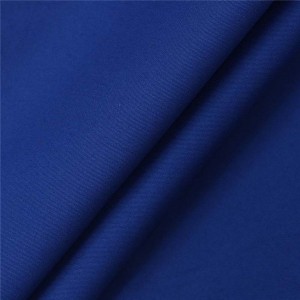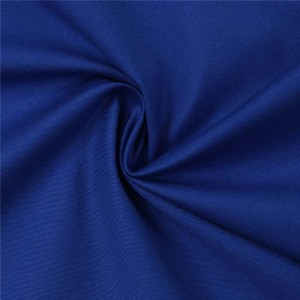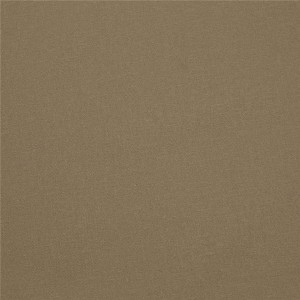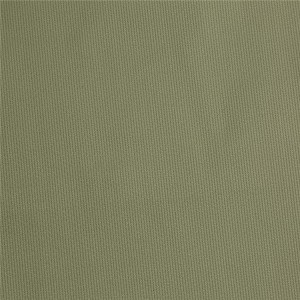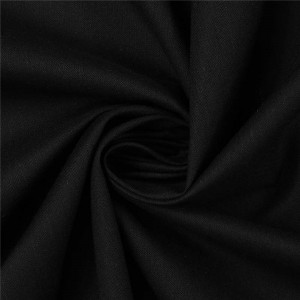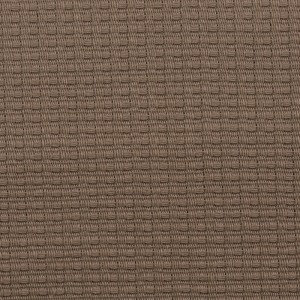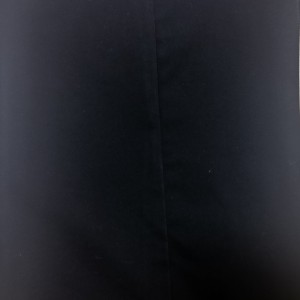100% cotton 2/1 S Twill fabric 32*32/142*70 for outdoor garments, casual garments, shirts and pants
| Art No. | MBD20509X |
| Composition | 100%Cotton |
| Yarn Count | 32*32 |
| Density | 142*70 |
| Full Width | 57/58″ |
| Weave | 2/1 S Twill |
| Weight | 150g/㎡ |
| Available Color | Navy,18-0527TPG |
| Finish | Peach |
| Width Instruction | Edge-to-edge |
| Density Instruction | Finished Fabric Density |
| Delivery Port | Any port in China |
| Sample Swatches | Available |
| Packing | Rolls, fabrics length less than 30 yards are not acceptable. |
| Min order quantity | 5000 meter per color,5000 meter per order |
| Production Time | 25-30days |
| Supply Ability | 300,000 meters per month |
| End Use | Coat, Pants, Outdoor Garments, etc. |
| Payment Terms | T/T in advance, LC at sight. |
| Shipment Terms | FOB, CRF and CIF, etc. |
Fabric Inspection :
This fabric can meet GB/T standard, ISO standard, JIS standard, US standard. All the fabrics will be 100 percent inspected before shipment according to American four point system standard.
What is peach fabric
The sanding fabric is processed by the sanding machine, because the sanding machine has six sanding rollers, and the sanding rollers are used to continuously rub the surface of the cloth during high-speed operation, so that the cloth surface will produce dense fluff. The whole process is as follows: first pad the raising agent, dry the tenter, and then carry out sanding and finishing on a special sanding machine. Fabrics of any material, such as cotton, polyester-cotton, wool, silk, polyester fiber (chemical fiber) and other fabrics, and any fabric organization, such as plain weave, twill, satin, jacquard and other fabrics can use this process.
Different fabrics are combined with different sand leather meshes to achieve the desired sanding effect. The general principle is to use high-mesh sand skin for high-count yarns, and low-mesh sand skins for low-count yarns. The sanding rollers are used for forward and reverse rotation, and an odd number of sanding rollers are generally used. The factors that affect the sanding effect of sand leather are: the speed of the sanding roller, the speed of the car, the moisture content of the cloth body, the covering angle, and the tension.
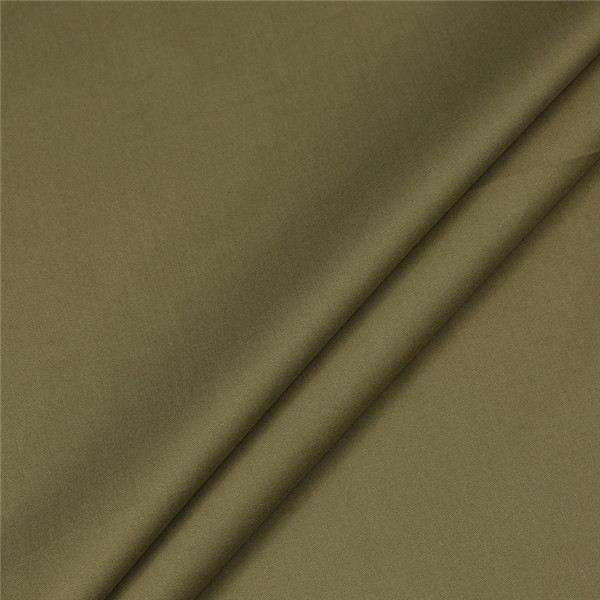
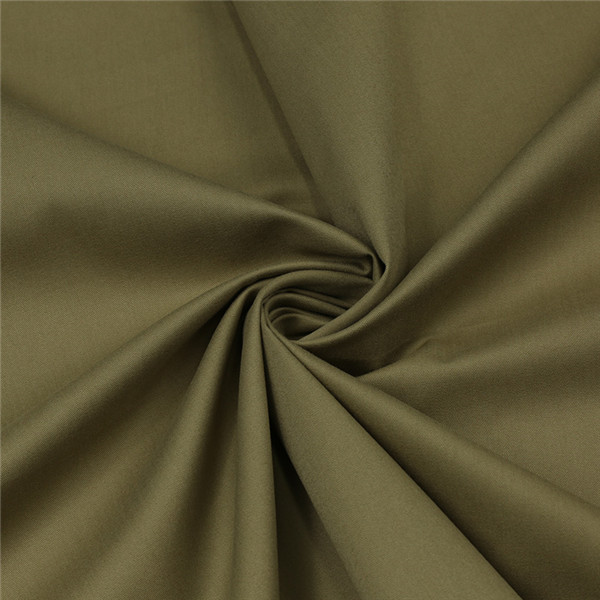


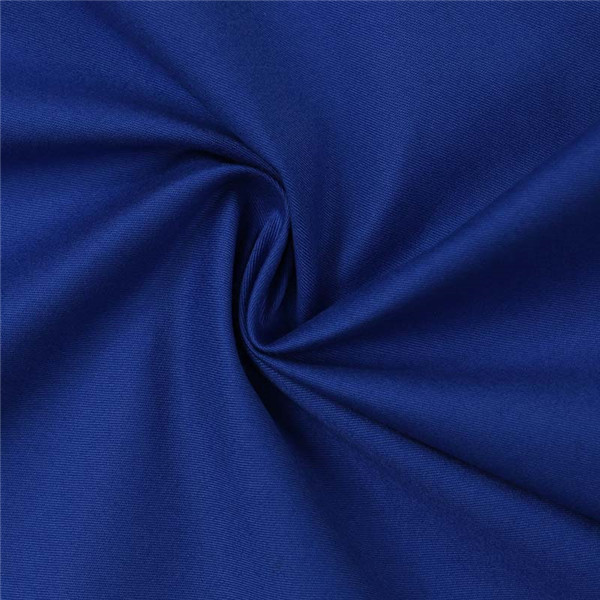
- English
- French
- German
- Portuguese
- Spanish
- Russian
- Japanese
- Korean
- Arabic
- Irish
- Greek
- Turkish
- Italian
- Danish
- Romanian
- Indonesian
- Czech
- Afrikaans
- Swedish
- Polish
- Basque
- Catalan
- Esperanto
- Hindi
- Lao
- Albanian
- Amharic
- Armenian
- Azerbaijani
- Belarusian
- Bengali
- Bosnian
- Bulgarian
- Cebuano
- Chichewa
- Corsican
- Croatian
- Dutch
- Estonian
- Filipino
- Finnish
- Frisian
- Galician
- Georgian
- Gujarati
- Haitian
- Hausa
- Hawaiian
- Hebrew
- Hmong
- Hungarian
- Icelandic
- Igbo
- Javanese
- Kannada
- Kazakh
- Khmer
- Kurdish
- Kyrgyz
- Latin
- Latvian
- Lithuanian
- Luxembou..
- Macedonian
- Malagasy
- Malay
- Malayalam
- Maltese
- Maori
- Marathi
- Mongolian
- Burmese
- Nepali
- Norwegian
- Pashto
- Persian
- Punjabi
- Serbian
- Sesotho
- Sinhala
- Slovak
- Slovenian
- Somali
- Samoan
- Scots Gaelic
- Shona
- Sindhi
- Sundanese
- Swahili
- Tajik
- Tamil
- Telugu
- Thai
- Ukrainian
- Urdu
- Uzbek
- Vietnamese
- Welsh
- Xhosa
- Yiddish
- Yoruba
- Zulu
- Kinyarwanda
- Tatar
- Oriya
- Turkmen
- Uyghur

